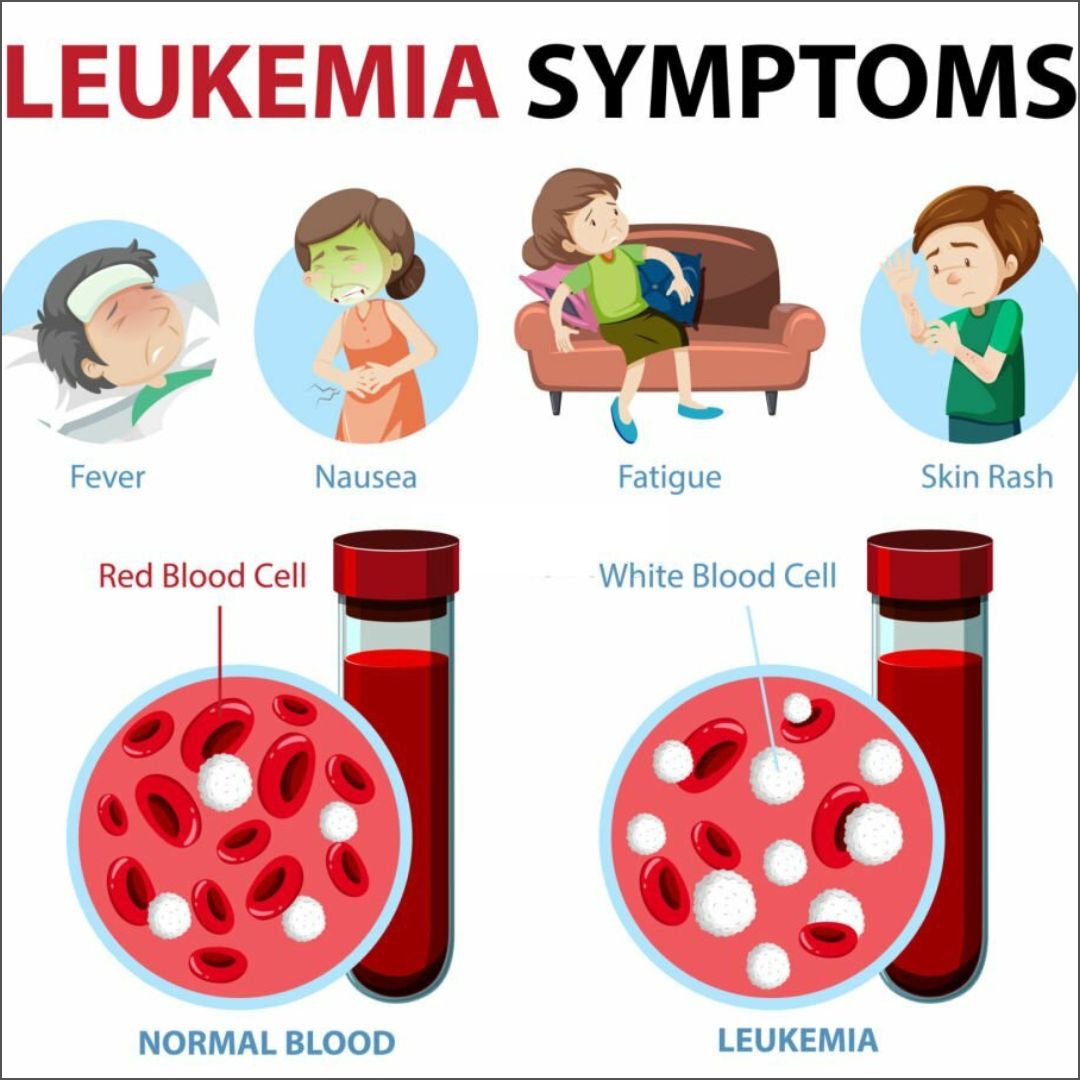Childhood leukemia is a devastating and complex disease that affects children. Leukemia is a type of cancer that starts in the bone marrow, where blood cells are produced. It occurs when abnormal white blood cells multiply uncontrollably, crowding out healthy cells and impairing the body's ability to fight infections.
Leukemia can be classified into different types, with the most common form in children being acute lymphoblastic leukemia (ALL). This type of leukemia affects the lymphoid cells and progresses rapidly if left untreated.
The exact cause of childhood leukemia is still unknown, but certain risk factors have been identified. These include exposure to high levels of radiation, certain genetic disorders, and exposure to certain chemicals or drugs before birth.
Early detection and treatment are crucial for improving outcomes for children with leukemia. Symptoms may vary but can include fatigue, pale skin, frequent infections, easy bruising or bleeding, bone pain, swollen lymph nodes, and weight loss.
Treatment options for childhood leukemia typically involve chemotherapy, radiation therapy, targeted therapy, immunotherapy or stem cell transplantation. The specific treatment plan depends on various factors such as the type and stage of leukemia.
While childhood leukemia is a serious condition that requires comprehensive medical care and support from healthcare professionals and loved ones alike. Ongoing research efforts continue to improve our understanding of this disease and develop more effective treatments to increase survival rates among affected children.
Symptoms of Childhood Leukemia
Recognizing the symptoms of this condition is crucial for early detection and timely intervention. By understanding the symptoms, parents, caregivers, and healthcare professionals can take swift action to ensure the best possible outcome for affected children.
One of the most common symptoms of childhood leukemia is fatigue. Children may appear excessively tired or lethargic, even after getting an adequate amount of rest. This persistent fatigue can impact their daily activities and overall quality of life.
Another key symptom to watch out for is unexplained bruising or bleeding. Children with leukemia may develop bruises easily or experience frequent nosebleeds or bleeding gums without any apparent cause. These signs should not be ignored as they could indicate an underlying blood disorder.
Frequent infections are also a hallmark symptom of childhood leukemia. Children may experience recurrent fevers, sore throats, or infections that do not respond well to treatment. This weakened immune system makes them more susceptible to various illnesses.
Additionally, children with leukemia often exhibit paleness or a noticeable decrease in their appetite leading to weight loss. They may complain of bone pain or joint discomfort as well.
It's important to note that these symptoms alone do not necessarily indicate leukemia, but if you notice any combination of these signs persisting over time, it's essential to consult a healthcare professional for further evaluation and diagnosis.
Early detection plays a crucial role in improving outcomes for children diagnosed with leukemia. By being aware of the symptoms and seeking medical attention promptly, we can ensure that affected children receive the necessary care and support they need on their journey towards recovery.

If you are concerned about any of these signs or if your child is experiencing unexplained or persistent symptoms, it is essential to consult a Cancer Specialist for a proper evaluation and diagnosis.
Treatment for Childhood Leukemia
Childhood Leukemia affects thousands of children every year, and finding the right treatment methods is crucial for their survival and long-term well-being.
The field of pediatric oncology has made significant advancements in recent years, leading to improved outcomes for children with leukemia. Treatment options for childhood leukemia now include a combination of chemotherapy, radiation therapy, targeted therapies, and stem cell transplantation.
Chemotherapy remains the cornerstone of treatment for most cases of childhood leukemia. It involves the use of powerful drugs that target and destroy cancer cells while minimizing damage to healthy cells. This approach has proven to be highly effective in inducing remission and improving overall survival rates.
In addition to chemotherapy, radiation therapy may be used to target specific areas affected by leukemia cells. This localized treatment can help eradicate cancer cells in specific regions such as the brain or spinal cord.
Targeted therapies have also emerged as a promising avenue in childhood leukemia treatment. These therapies specifically target genetic mutations or abnormalities present in cancer cells, disrupting their growth and survival mechanisms. By targeting these specific vulnerabilities, targeted therapies offer a more personalized approach to treating childhood leukemia.
For some children with high-risk or relapsed leukemia, stem cell transplantation may be necessary. This procedure involves replacing diseased bone marrow with healthy stem cells from a donor or the patient themselves after undergoing intensive chemotherapy or radiation therapy.
It is important to note that each child's case is unique, and treatment plans should be tailored based on individual factors such as age, subtype of leukemia, genetic abnormalities present, and response to initial treatments.
Support for Parents with Children Suffering from Childhood Leukemia
Parents of children diagnosed with leukemia face immense emotional and practical challenges. They often find themselves overwhelmed, scared, and unsure of how to navigate this difficult journey. That's why it is crucial to provide them with the support they need during this challenging time.
Support for parents of children with leukemia can come in many forms. One essential aspect is connecting them with a network of other parents who have gone through similar experiences. This allows them to share their stories, exchange advice, and find comfort in knowing that they are not alone.
Another vital form of support is providing access to resources and information about childhood leukemia. Parents need to understand the disease, its treatment options, potential side effects, and available support services. Having access to accurate and up-to-date information empowers parents to make informed decisions about their child's care.
Emotional support is another crucial aspect for parents dealing with childhood leukemia. They may experience a range of emotions such as fear, guilt, anger, or sadness. Offering counseling services or support groups where they can express their feelings in a safe environment can be immensely beneficial.
Financial assistance is also essential for families facing the financial burden that comes with treating childhood leukemia. Medical expenses can quickly accumulate, causing additional stress for parents already dealing with the emotional toll of their child's illness.
Get Personalized Leukemia Treatment From The Top Cancer Specialist or Pediatrician at Continental Hospitals.
Thus, providing comprehensive support for parents of children diagnosed with leukemia is crucial in helping them navigate this challenging journey. By offering networks of support from other parents who have been through similar experiences along with access to information, emotional guidance, and financial assistance when needed - we can help alleviate some of the burdens these families face during an already difficult time.
Related Blog Articles:
1. Mammograms: What You Need to Know About Early Screening
2. 7 Lifestyle Habits That Can Reduce Your Breast Cancer Risk
3. Hereditary Factors and Breast Cancer: When to Consider Genetic Testing
.webp)






